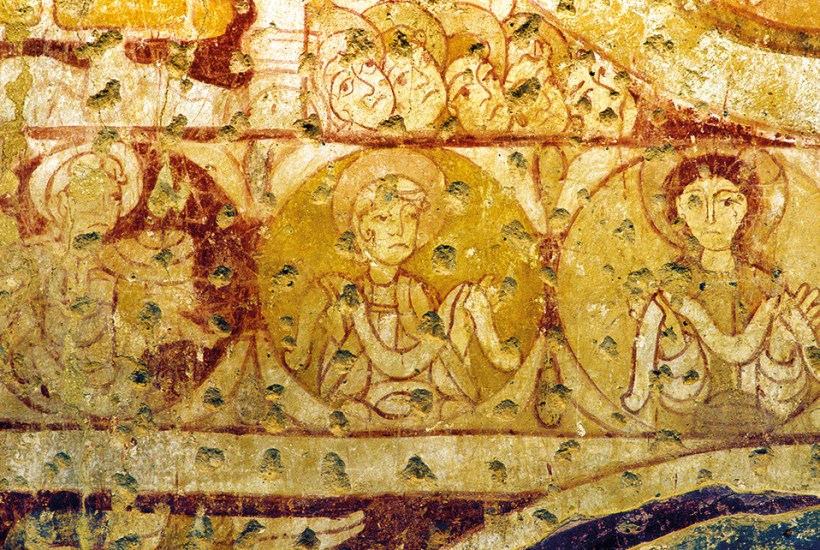In the summer of 1992, Gloria Davey came upon a ruined church near Swaffham in Norfolk. It had no roof, no windows and no door. Satanists were using it for their rites; a grave had been opened, giving up its bones. Gloria’s husband Bob felt obliged to act. He disrupted their rituals, and when they threatened to kill him, he called in the local Territorial Army.
Already a subscriber? Log in
Subscribe for just $2 a week
Try a month of The Spectator Australia absolutely free and without commitment. Not only that but – if you choose to continue – you’ll pay just $2 a week for your first year.
- Unlimited access to spectator.com.au and app
- The weekly edition on the Spectator Australia app
- Spectator podcasts and newsletters
- Full access to spectator.co.uk
Or
Unlock this article
You might disagree with half of it, but you’ll enjoy reading all of it. Try your first month for free, then just $2 a week for the remainder of your first year.














Comments
Don't miss out
Join the conversation with other Spectator Australia readers. Subscribe to leave a comment.
SUBSCRIBEAlready a subscriber? Log in